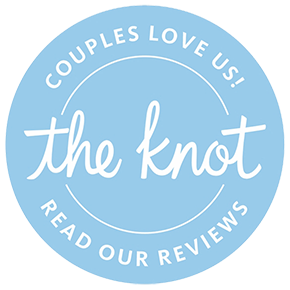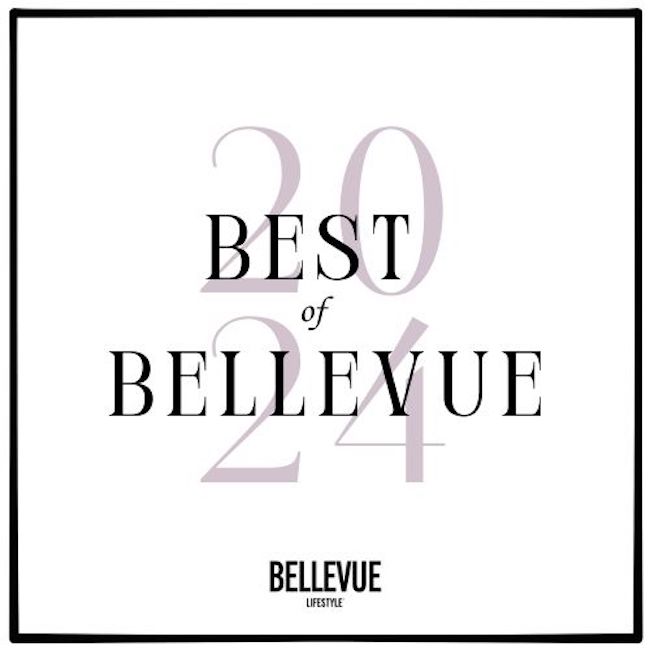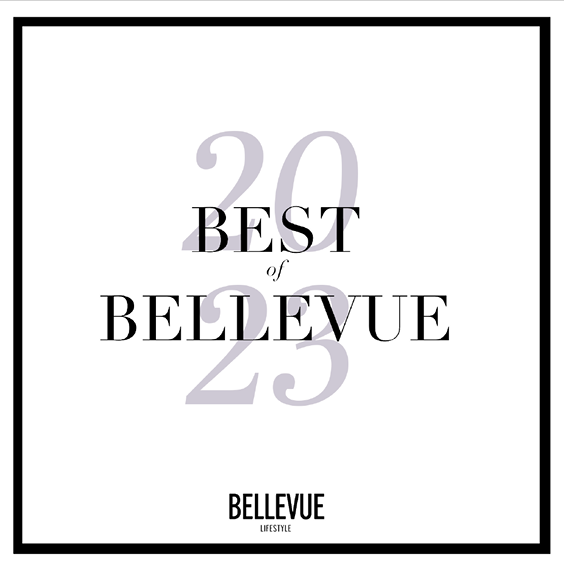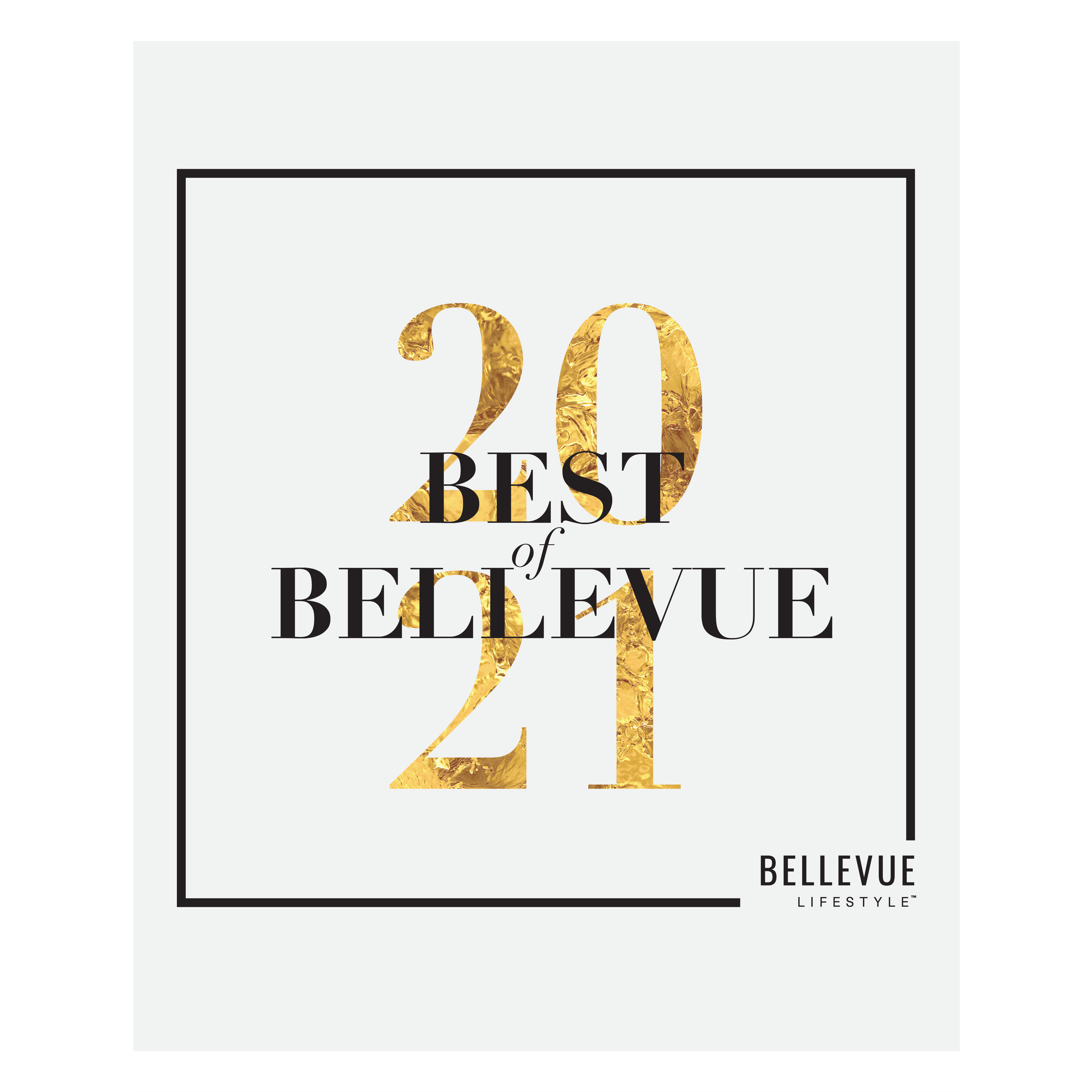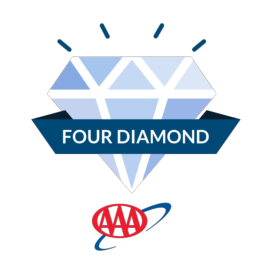From Ocean to Plate
Creative Salmon Sets the Bar for Sustainable Aquaculture
“We are not your typical fish farm,” says Barb Cannon, biology and operations director at Creative Salmon, based in Tofino on the west coast of Vancouver Island, British Columbia. “We are the first salmon-farming company in North America to achieve organic certification, setting a high bar in quality and sustainability.”
Fish-First Philosophy
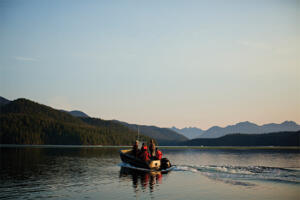 Wild Chinook (King) salmon have long lived in the pristine waters of Clayoquot Sound off Vancouver Island, BC, in the territory of the Tla-o-qui-aht First Nation where Creative Salmon operates. “It’s a delicate environment, and we are fully committed to protecting its natural resources and wild salmon by respecting and partnering with the First Nation communities and practicing sustainable farming techniques,” says Cannon. “Our focus on fish health and welfare is key to our success.”
Wild Chinook (King) salmon have long lived in the pristine waters of Clayoquot Sound off Vancouver Island, BC, in the territory of the Tla-o-qui-aht First Nation where Creative Salmon operates. “It’s a delicate environment, and we are fully committed to protecting its natural resources and wild salmon by respecting and partnering with the First Nation communities and practicing sustainable farming techniques,” says Cannon. “Our focus on fish health and welfare is key to our success.”
To gain and maintain the company’s coveted organic status, Creative Salmon goes through an intense inspection and certification process annually, demonstrating environmentally responsible practices such as:
• Feeding fish a natural diet, free of synthetic additives, hormones and genetically modified organisms (GMOs)
• Managing the aquatic environment sustainably, avoiding antibiotics and pesticides, and putting restrictions on chemicals
• Maintaining low stocking densities, which reduces stress on fish
• Monitoring and managing water quality to optimize fish health and mitigate ecosystem impact
Pioneering Practices
To better control fish welfare and quality, Cannon says the company vertically integrated its operations, covering everything from producing their own brood stock and smolts to harvesting and processing.
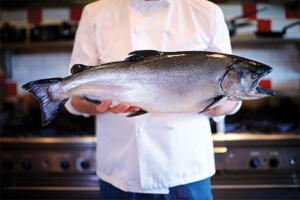 On the farm, workers start their days early and closely monitor conditions throughout the day to ensure the salmon are healthy and well-fed. Creative Salmon was one of the first salmon-farming companies in BC to monitor feeding through underwater cameras. Cannon says that every fish pen at every meal is supervised by skilled staff. Creative Salmon sources its feed from trimmings (waste) from local fisheries and fisheries aligned with the high sustainability standards from the United Nations’ Food and Agriculture Organization.
On the farm, workers start their days early and closely monitor conditions throughout the day to ensure the salmon are healthy and well-fed. Creative Salmon was one of the first salmon-farming companies in BC to monitor feeding through underwater cameras. Cannon says that every fish pen at every meal is supervised by skilled staff. Creative Salmon sources its feed from trimmings (waste) from local fisheries and fisheries aligned with the high sustainability standards from the United Nations’ Food and Agriculture Organization.
Creative Salmon gives their fish more than twice the room to grow and live than conventional farms, and they clean and maintain their sites without using any harsh chemicals. Rather, they clean their nets by power washing them with sea water and exposing them to natural ultraviolet from the sun.
“We farm a Pacific species of salmon in their natural habitat, the Pacific Ocean, in specific sites where there is freshwater influence,” explains Cannon. That means optimal salinity. In 34 years of operations, Cannon says they have never had to treat their fish for sea lice—no mechanical or chemical treatments.
“We focus on quality, not quantity,” says Cannon. Creative Salmon uses only four of its six farm sites at a time, to allow for rotation and restoration of natural conditions.
Creative Salmon’s whole approach helps set them apart from other fish farms, while additionally offering some benefits over wild-caught salmon. By providing their cultured fish with a controlled diet, she says they ensure consistent quality with high levels of nutrients year-round. “Also, buying and consuming farmed salmon takes pressure off wild stocks,” she says.
Learn more about Chinook salmon (the species) and Creative Salmon (the company) at creativesalmon.com.
Health Benefits of Salmon
Connor Eden, Bellevue Club’s general manager, says if you want a healthy, sustainable diet, don’t just consider what you eat; think about what your food eats. “We’re thrilled to partner with Creative Salmon because their sustainable approach ensures that we can offer high-quality, healthy salmon to our members year-round,” he says. “Their salmon is naturally pink, big in flavor and rich in nutrients like omega-3 fatty acids, proteins and antioxidants.”
According to a variety of sources, such as those found the Nutrition Source:
Omega-3 fatty acids
are essential for heart health, brain health and reducing inflammation, which can reduce the risk of some chronic diseases.
High-quality proteins
help build and repair tissues and support overall growth and maintenance of muscles and the body.
Antioxidants
can help reduce free radicals and oxidative damage, which can affect eye health, skin elasticity and liver function.
Fun Fish Facts
Chinook salmon, also known as King salmon, are the largest species of Pacific salmon. In the wild they can weigh over 100 pounds and reach lengths of up to 58 inches.
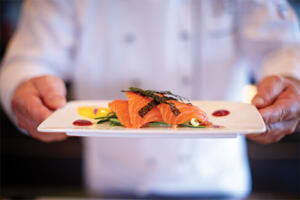 The flesh of wild Chinook salmon can vary in color from white to deep red, depending on their diet. The red color comes from carotenoid pigments in their diet, primarily from krill and other small crustaceans.
The flesh of wild Chinook salmon can vary in color from white to deep red, depending on their diet. The red color comes from carotenoid pigments in their diet, primarily from krill and other small crustaceans.
Wild Chinook salmon start their life cycle as eggs in freshwater streams, then migrate to the ocean where they grow and mature before returning to their birthplace to spawn and die. This journey can span thousands of miles and several years (typically three to seven).
Chinook salmon are central to the culture and diets of many Indigenous peoples of the Pacific Northwest, including the Chinook, Haida and Tlingit tribes.
It’s possible for a salmon farm to be environmentally responsible and operate on a sustainable scale.




